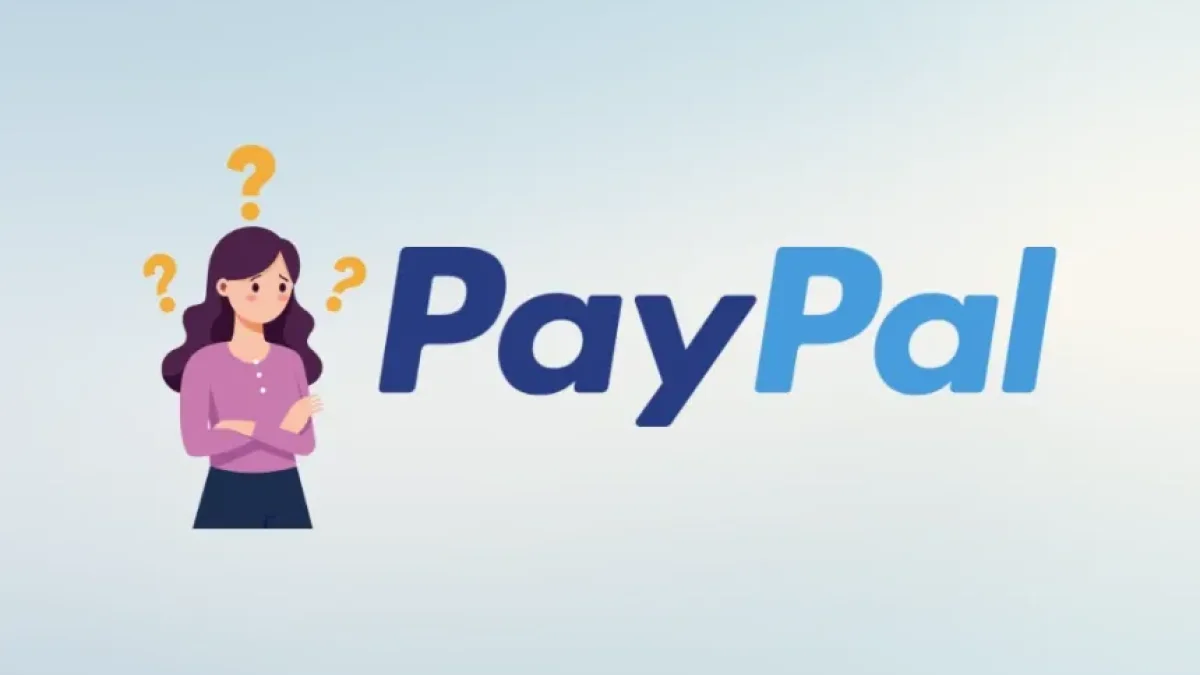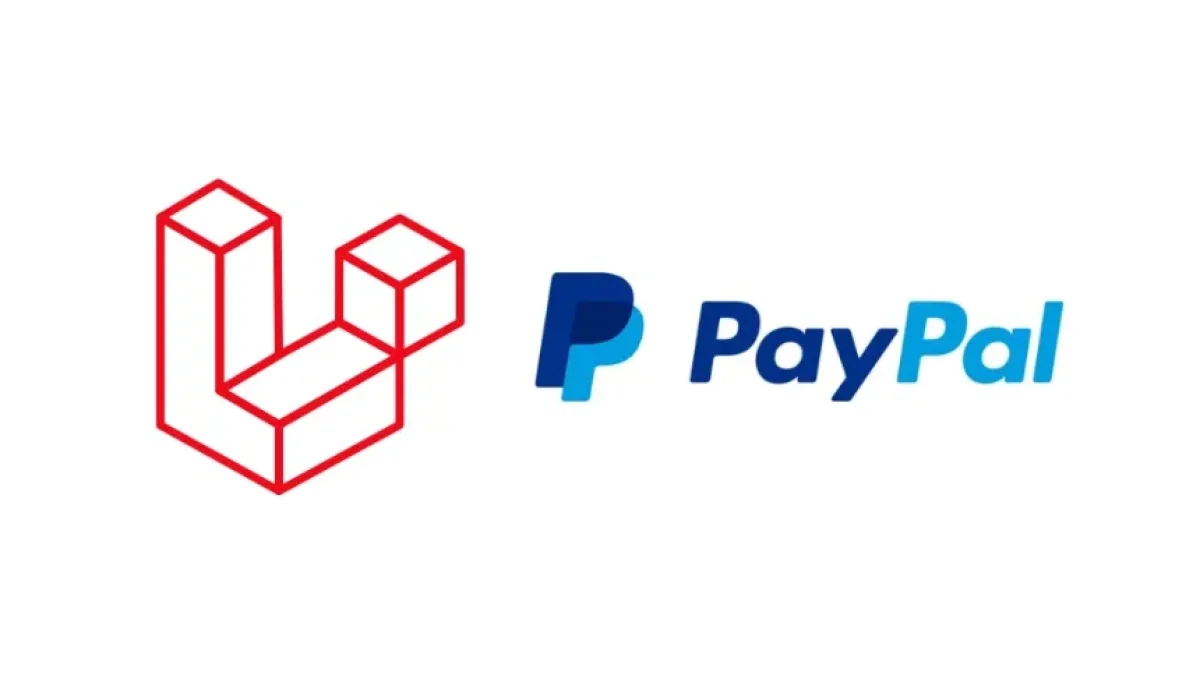What is PayPal and How to Start Using It on My Website?


PayPal se ha convertido en una de las plataformas de pago más populares en todo el mundo. Su facilidad de uso y funcionalidad han atraído a millones de empresarios y consumidores por igual. En este artículo, exploraremos qué es PayPal, cómo funciona y los pasos para integrarlo en tu sitio web.
What is PayPal?
PayPal is an online payment system that allows users to send and receive money securely over the Internet. Founded in 1998 and acquired by eBay in 2002, PayPal has evolved to become a preferred payment method for many e-commerce businesses.
Features of PayPal
- Security: PayPal uses advanced encryption technology to protect its users' financial information.
- Ease of Use: Creating an account and making transactions is a straightforward process.
- Global Compatibility: PayPal is available in over 200 markets and allows transactions in multiple currencies.
- Integration: It can be easily integrated into various e-commerce platforms and websites.
Why Should You Use PayPal on Your Website?
There are several reasons to consider integrating PayPal into your website:
Increased Customer Trust
Many consumers trust PayPal due to its security measures and buyer protection policies. Offering PayPal as a payment option can enhance your website's conversion rate.
Read also
Diversity in Payment Methods
PayPal allows users to pay with credit cards, debit cards, and PayPal balance. This offers flexibility to customers and can improve the shopping experience.
Instant Payment
Transactions through PayPal are generally instantaneous, meaning you can receive funds immediately, facilitating your cash flow management.
How to Start Using PayPal on Your Website
Integrating PayPal into your website may seem like a complex process, but by following these steps, you can easily set it up.
Read also
Step 1: Create a PayPal Account
To start using PayPal, you first need to create an account. Follow these steps:
- Visit the PayPal Website: Go to paypal.com.
- Click on "Sign Up": Choose whether you want a personal or business account. For a website, a business account is recommended.
- Provide the Required Information: Fill out the fields with your details.
Step 2: Verify Your Account
It is crucial to verify your account to increase transaction limits and ensure the security of your information.
- Link Your Bank Account or Credit Card: This will allow you to transfer funds.
- Confirm Your Email Address: Look for a confirmation email and follow the instructions.
Step 3: Integrate PayPal into Your Website
Depending on the platform you are using for your website, integrating PayPal may vary. Here are two common options:
Option A: Use a Plugin
If you are using popular e-commerce platforms like WordPress, Shopify, or WooCommerce, there are plugins available.
- Access the Plugin Store: Search for "PayPal" in the plugins section.
- Install and Activate the Plugin.
- Configure the Settings: Generally, you'll need to enter your PayPal email address and adjust other settings to your preference.
Option B: Manual Integration
If you are customizing your website from scratch, you can integrate PayPal using its API.
- Access the PayPal API: Sign up for an API key from your PayPal account.
- Incorporate the PayPal Code into Your Site: Use the PayPal documentation to obtain the necessary code to create payment buttons.
Step 4: Test the Integration
Before launching the payment system, it is vital to run tests to ensure it works correctly. You can perform tests using the sandbox environment offered by PayPal.
Tips for Optimizing the Use of PayPal on Your Website
- Offer Multiple Payment Methods: While PayPal is popular, consider including other options like credit or debit cards.
- Provide Clarity: Make sure customers understand how to use PayPal and the steps to follow.
- Monitor Transactions: Regularly review transactions to spot any unusual activity.
Conclusion
Integrating PayPal into your website is an important step to facilitate transactions for your customers and enhance their shopping experience. By following the steps outlined in this article, you will be well on your way to leveraging the benefits that PayPal has to offer. If you need more information, feel free to visit PayPal's official site or seek help from its community.
Implementing PayPal can be the key to unlocking your online business growth and improving customer satisfaction. Are you ready to get started? Take the first step today!



















